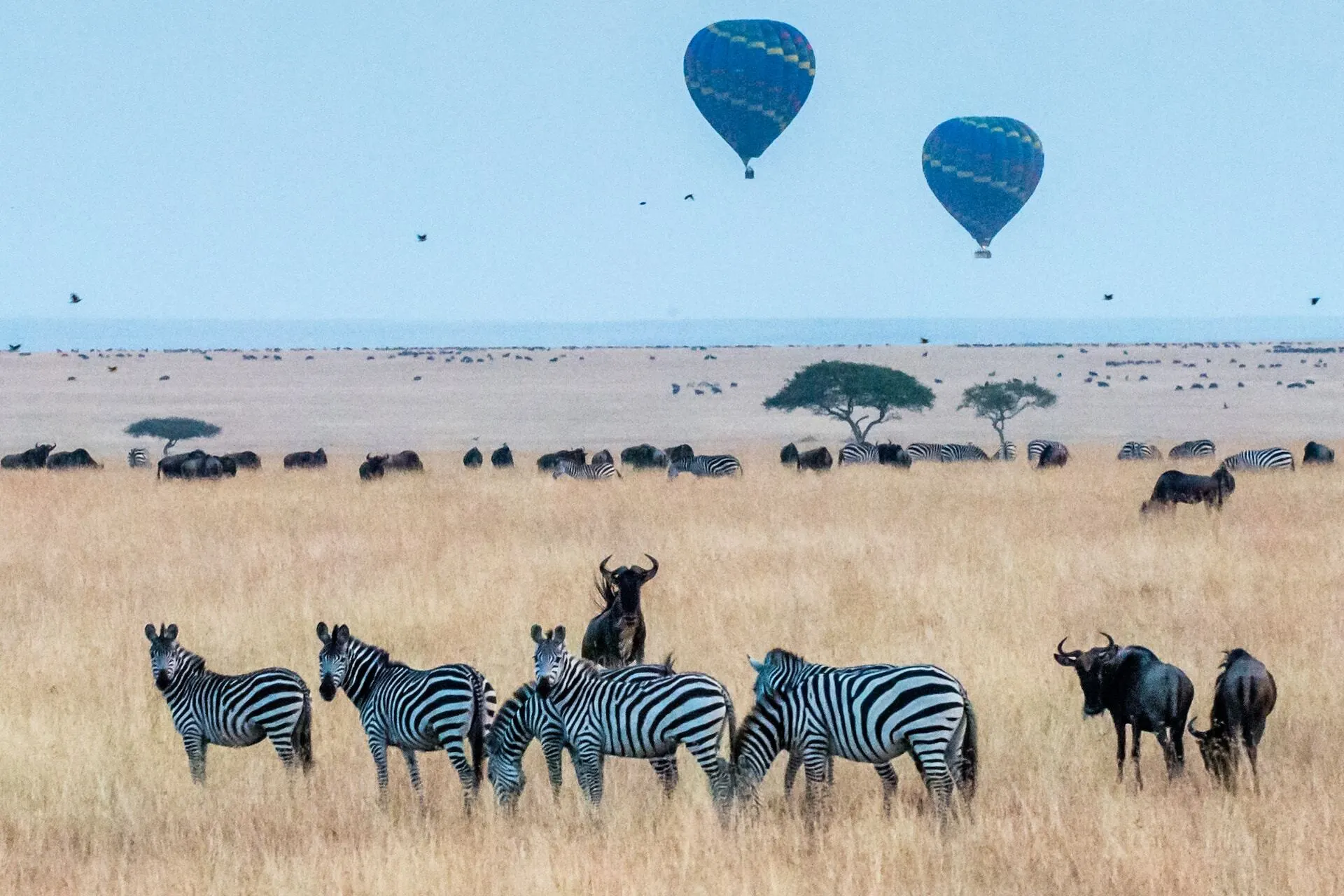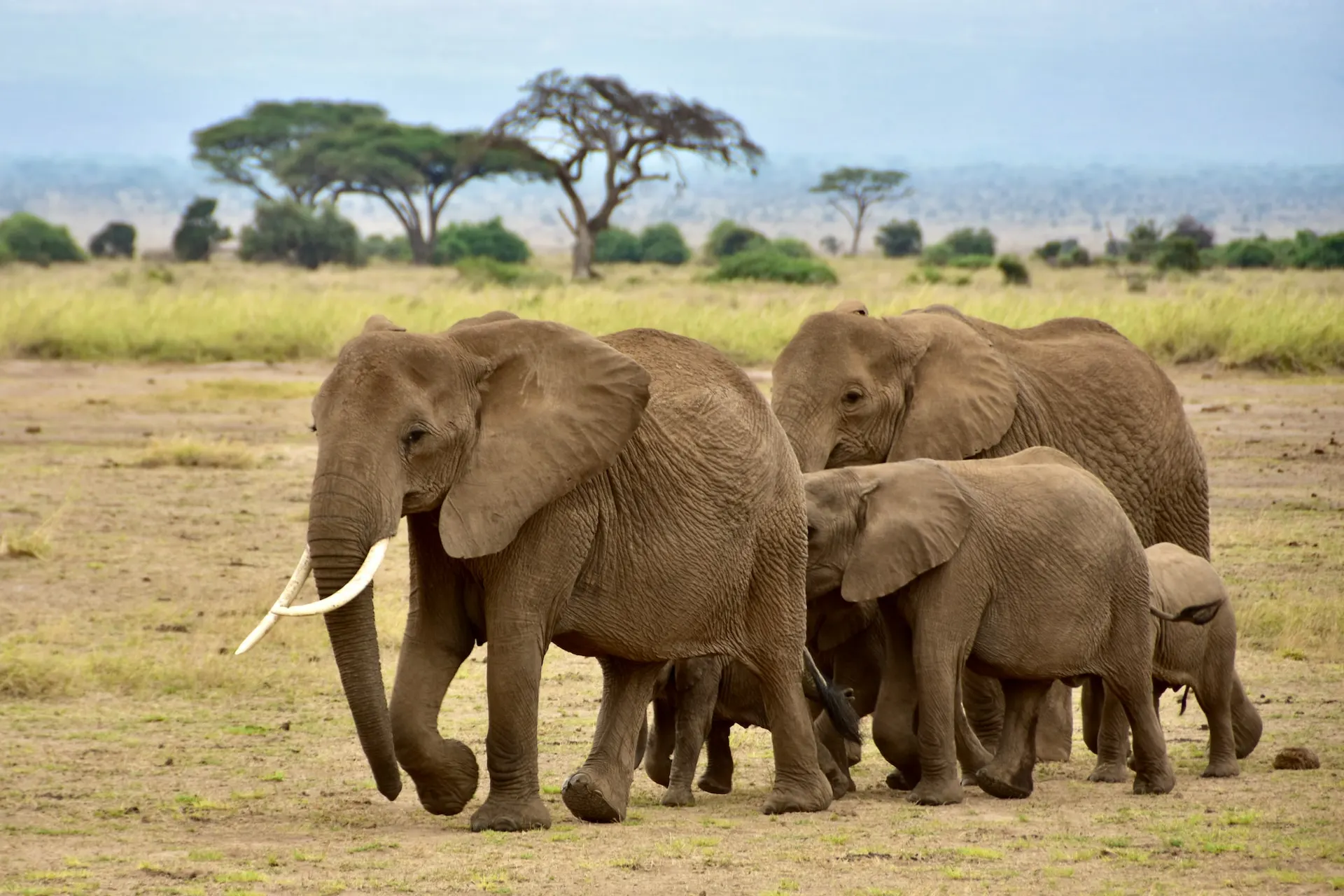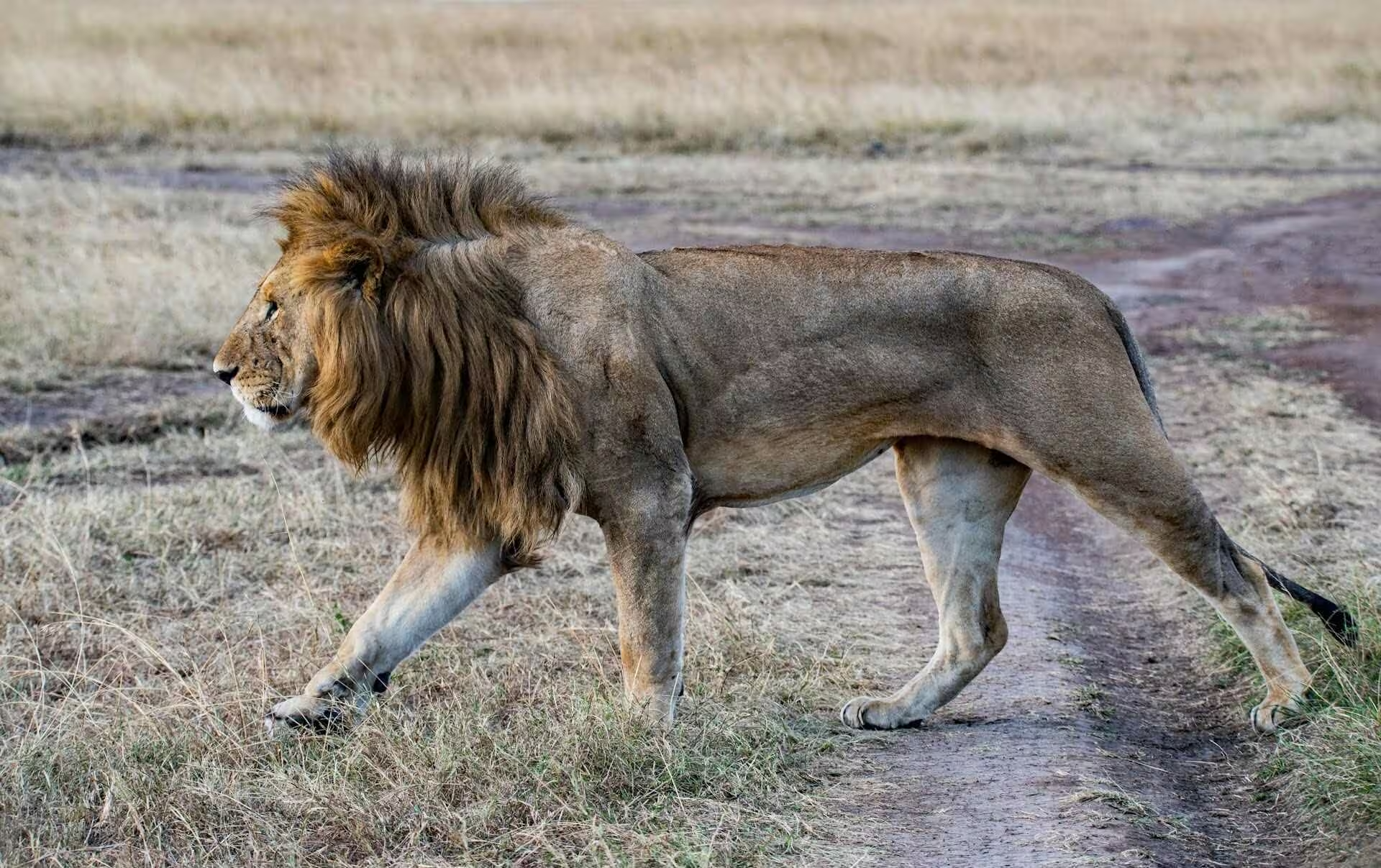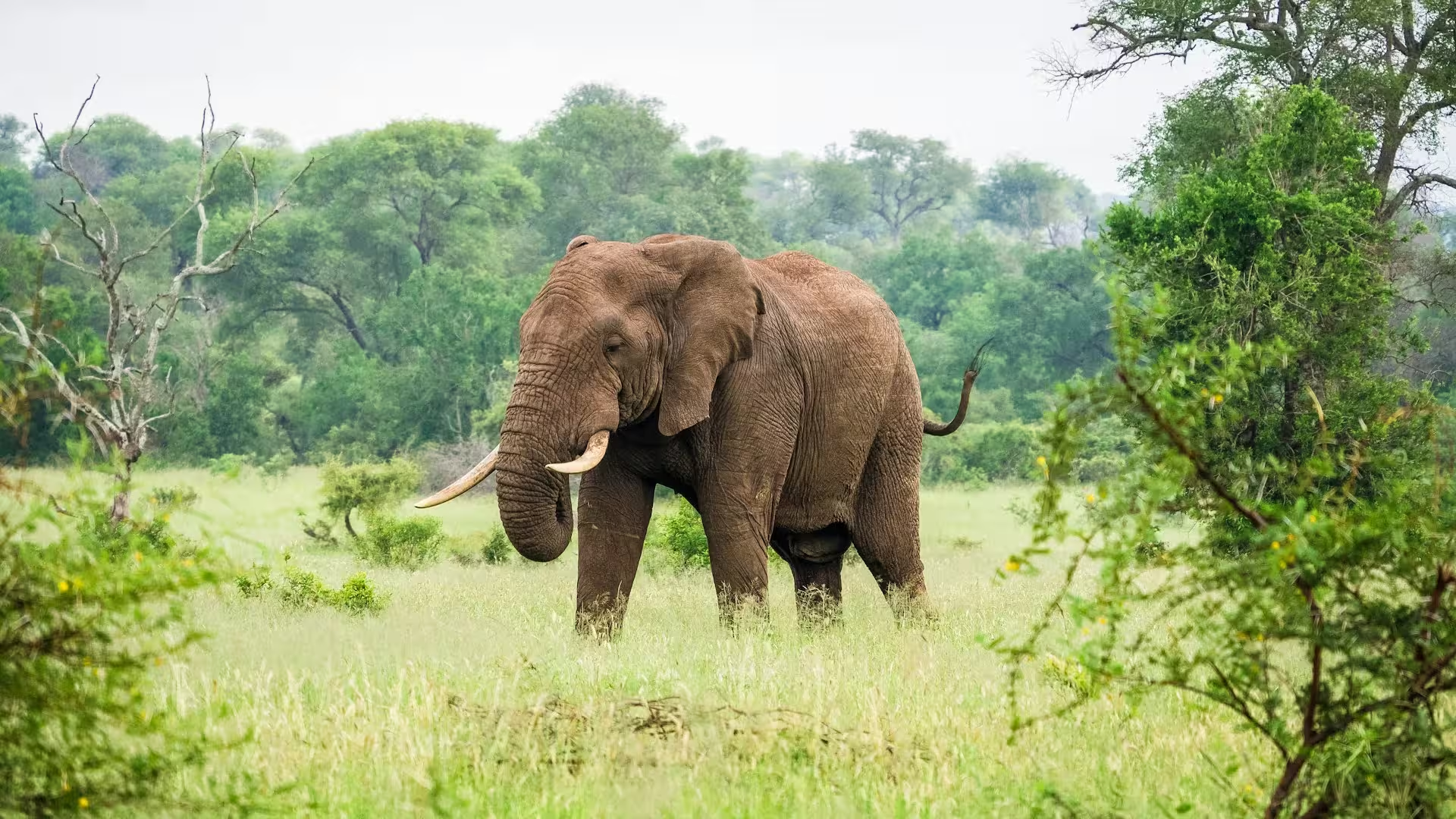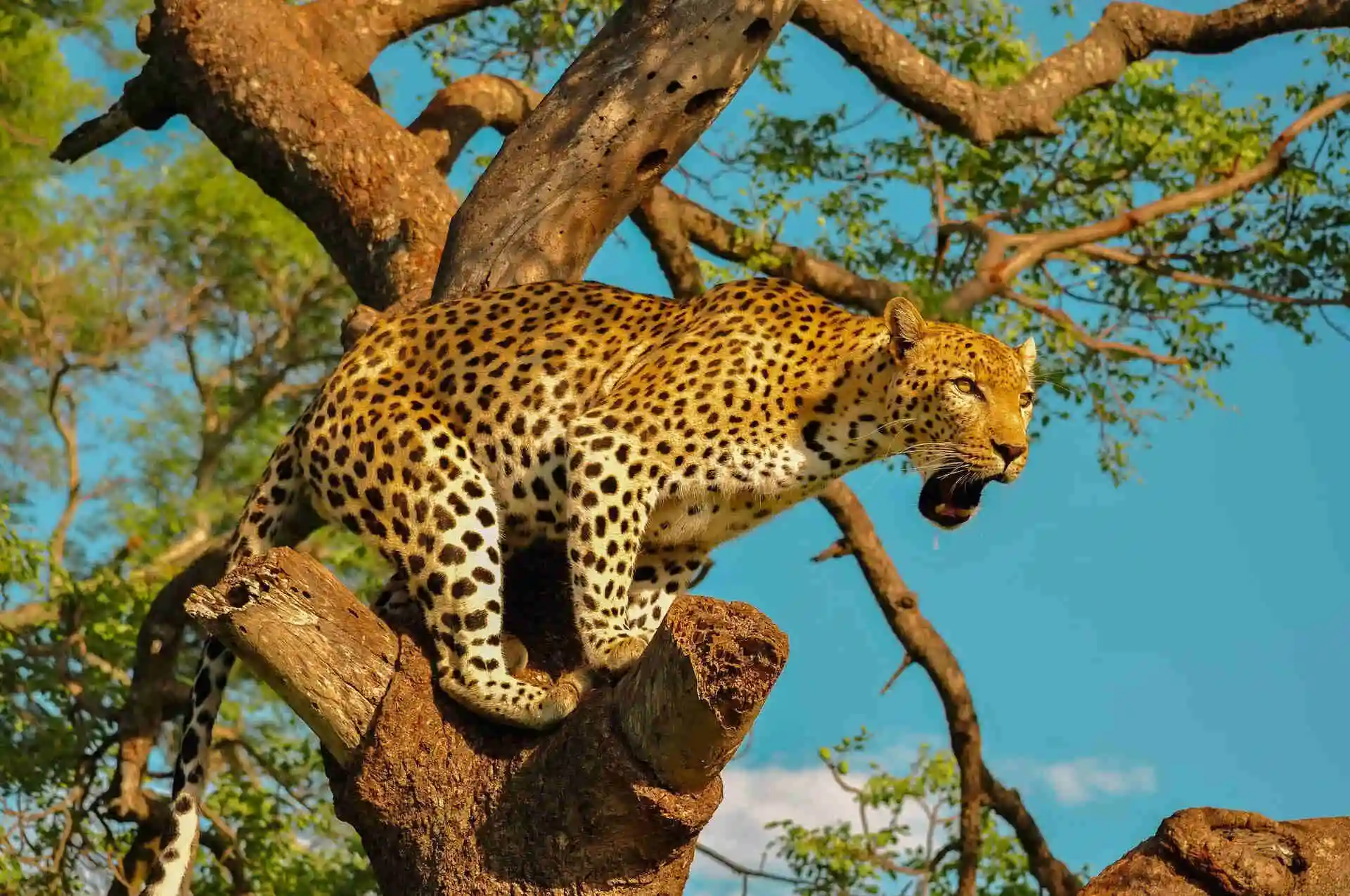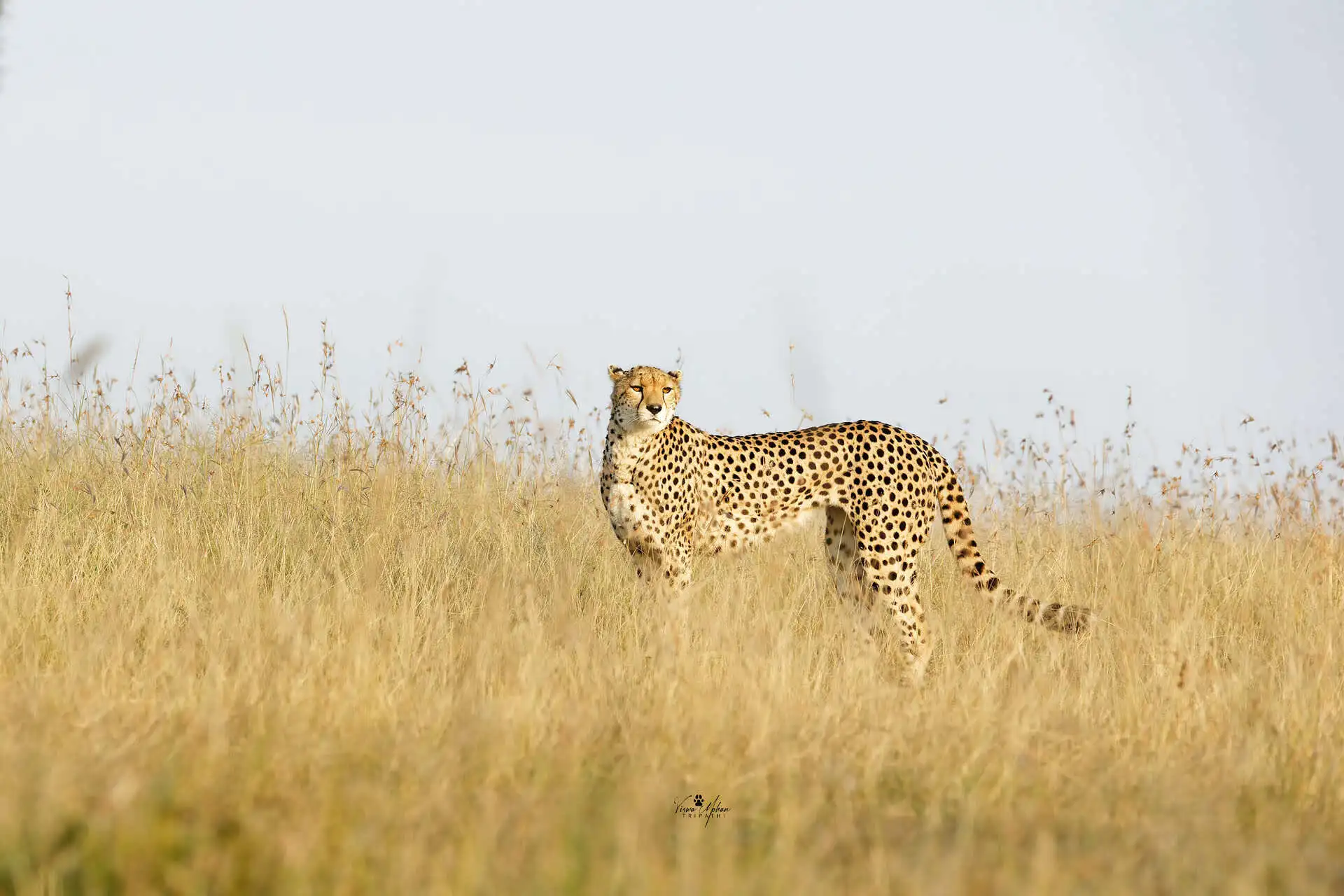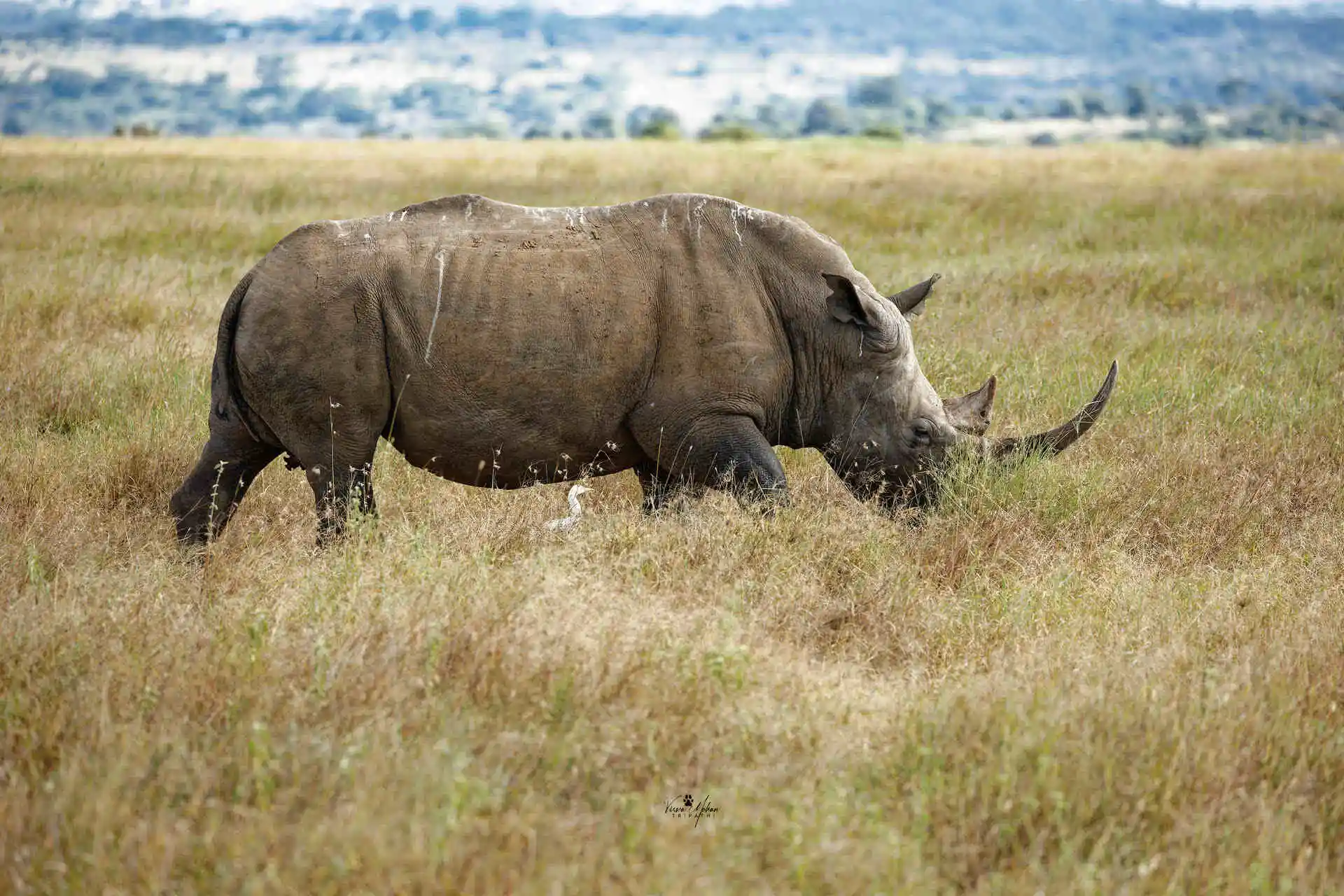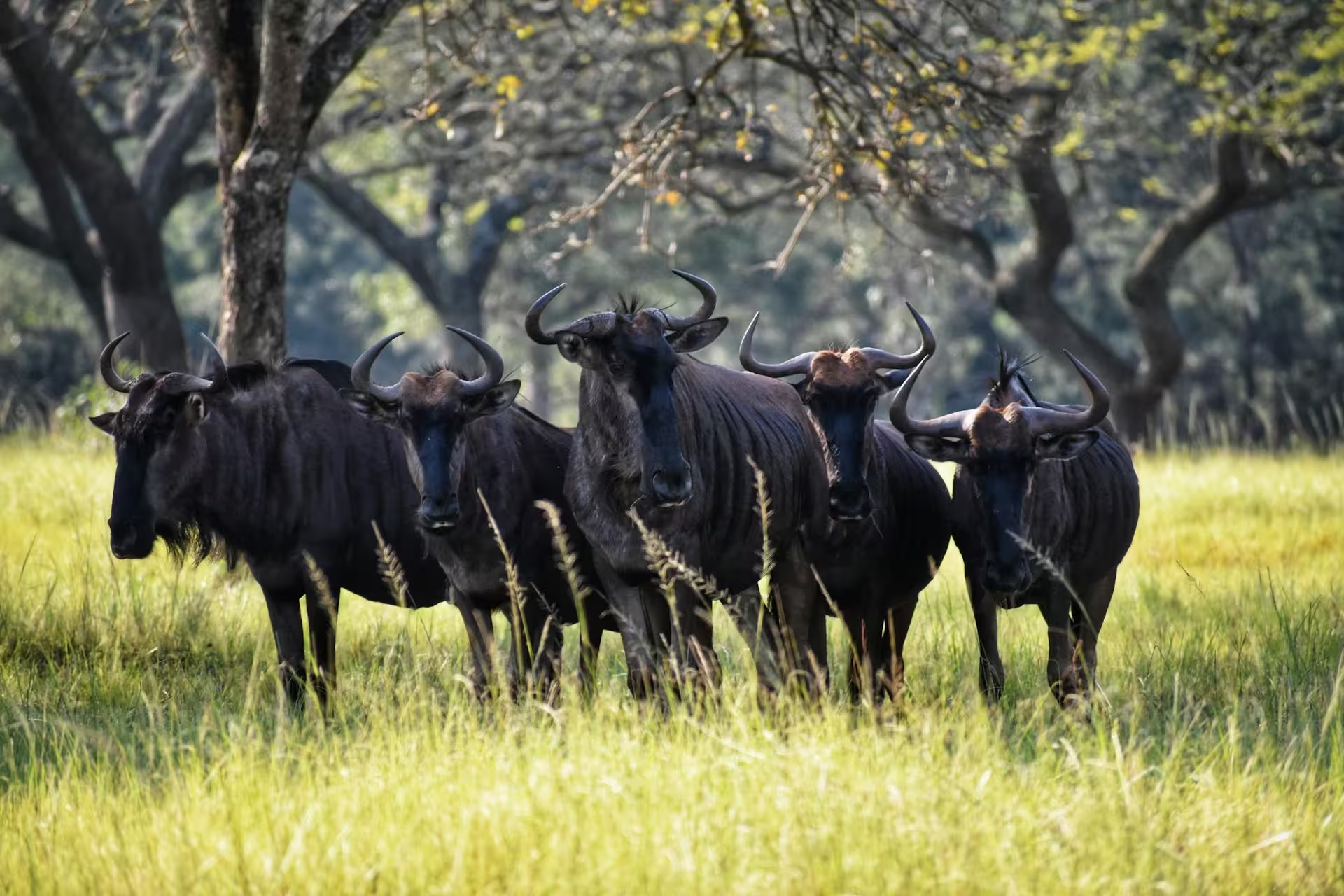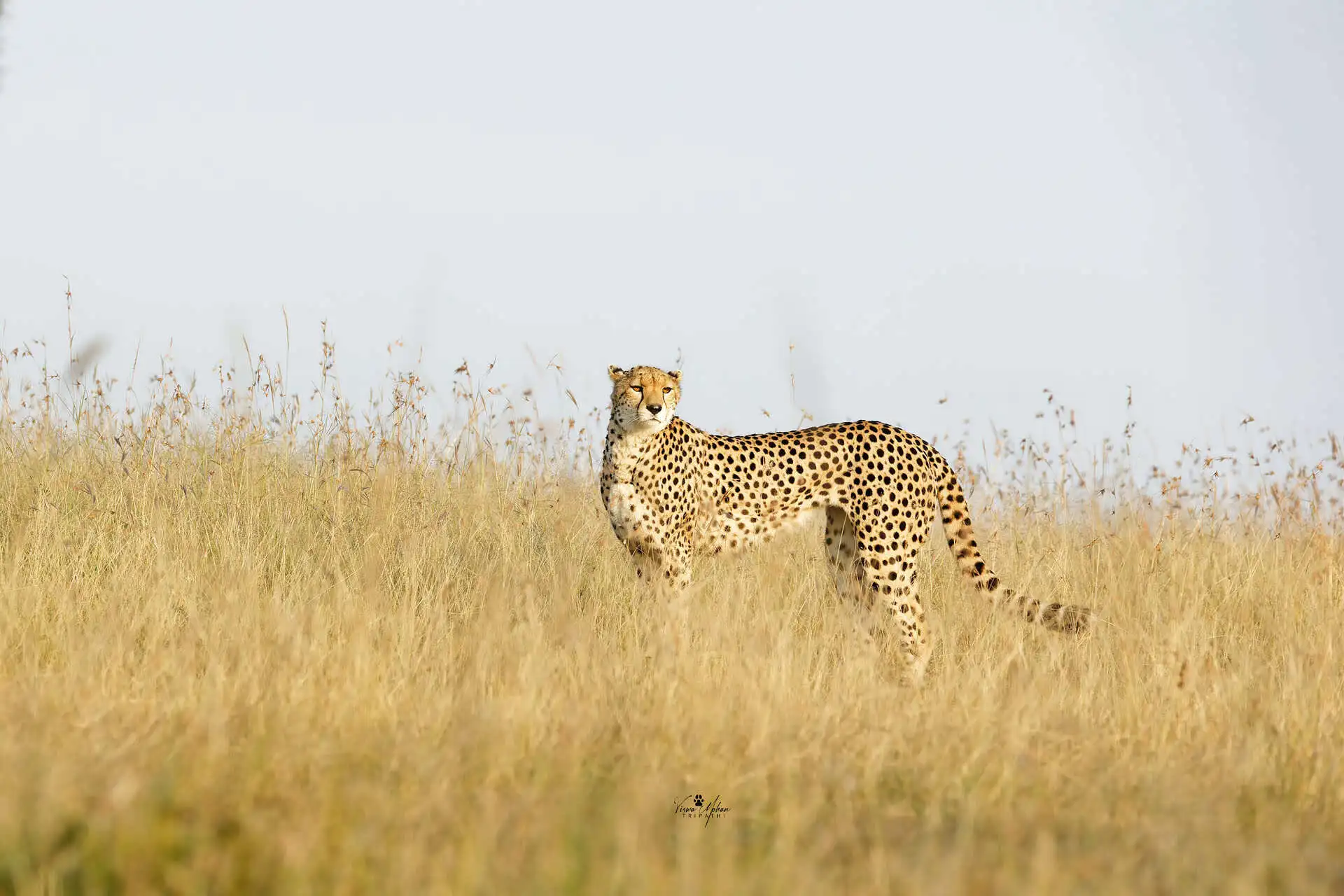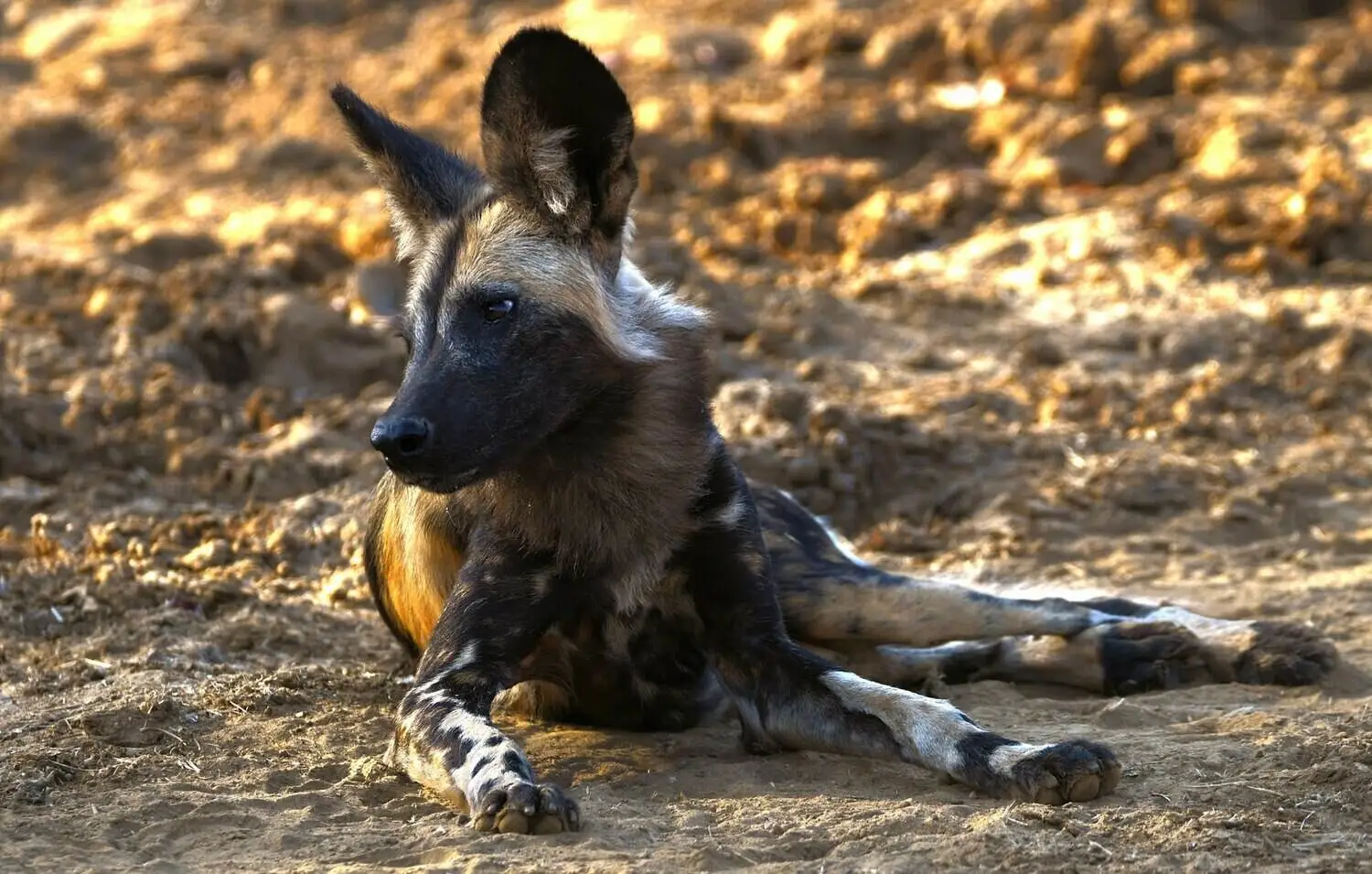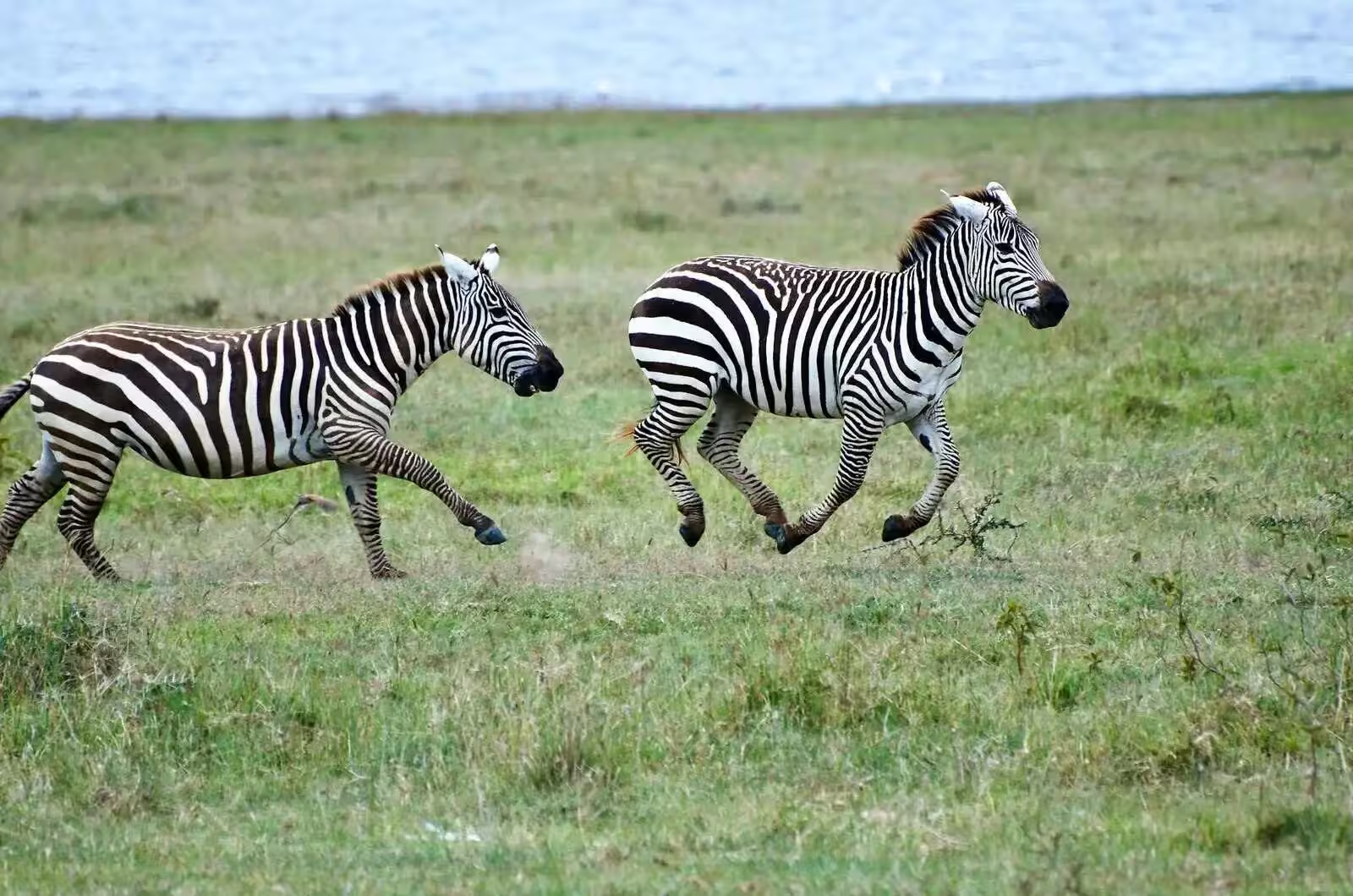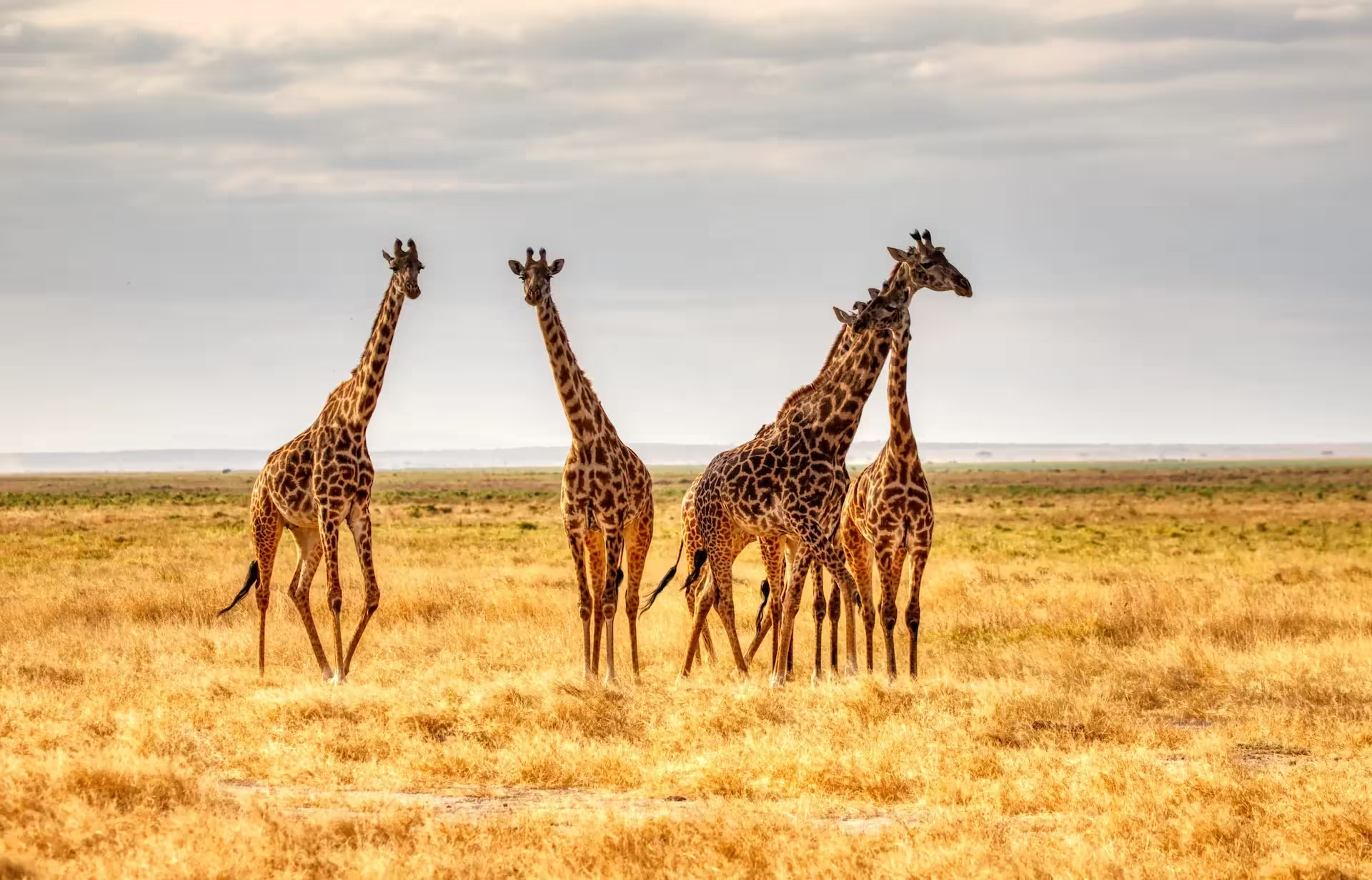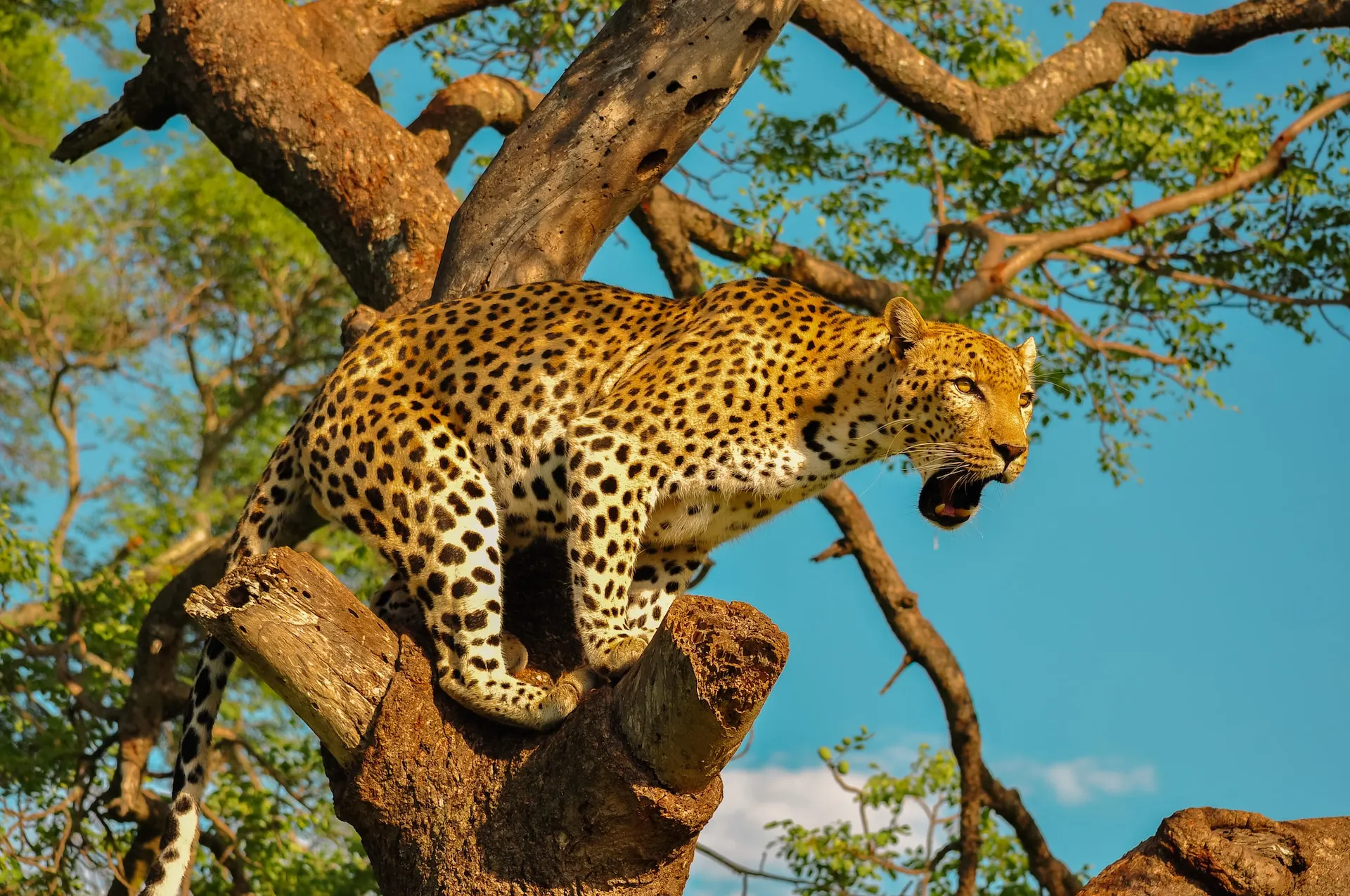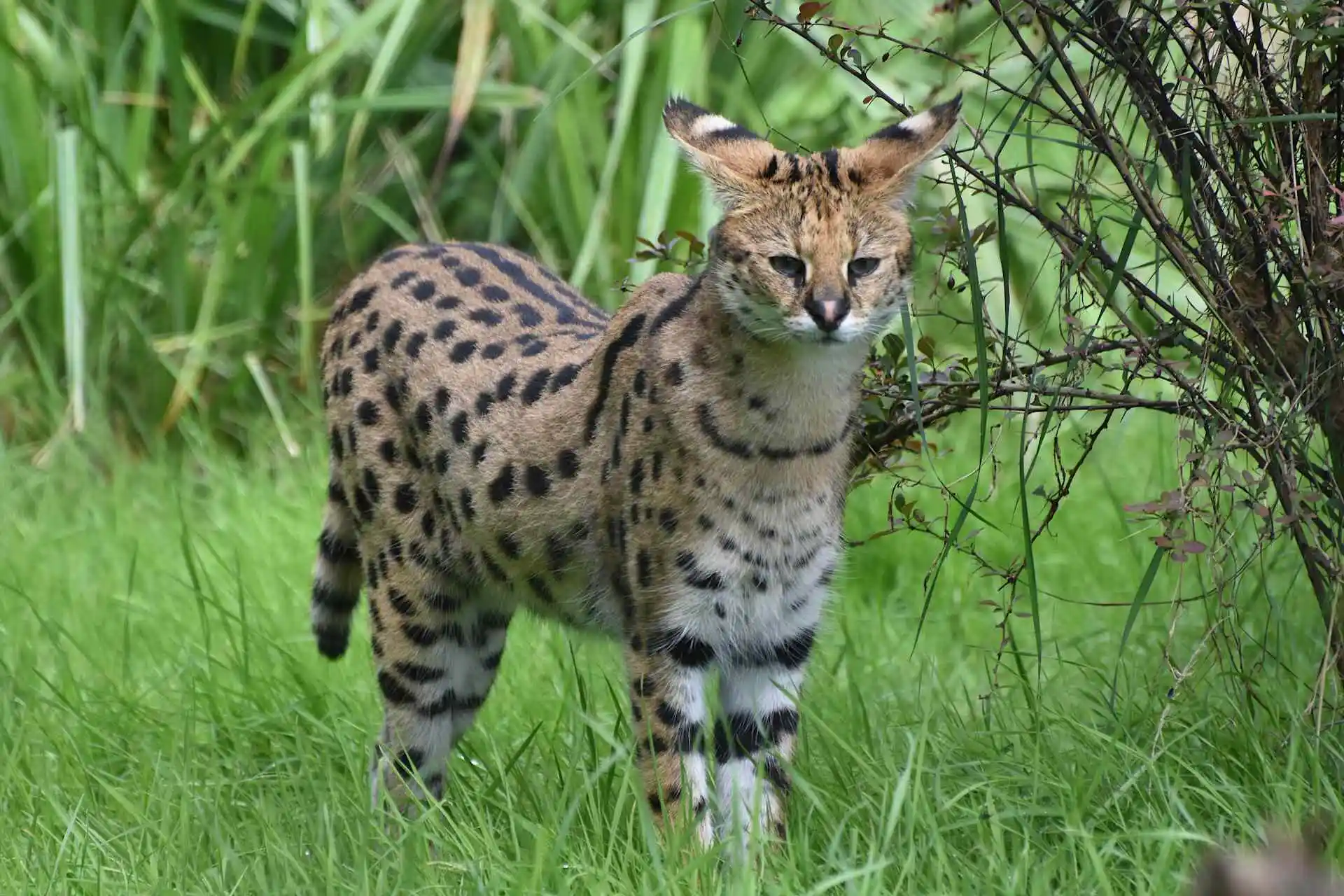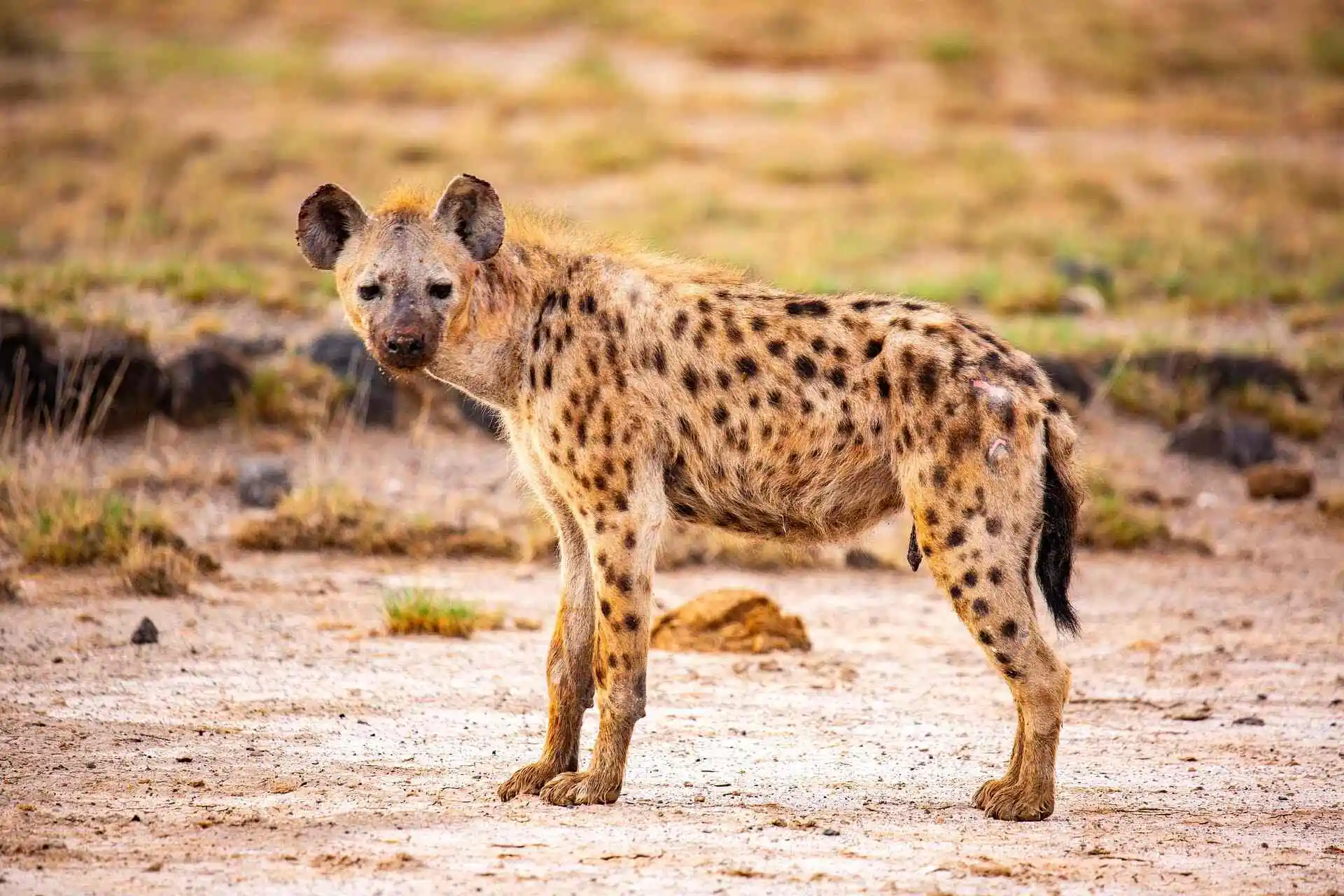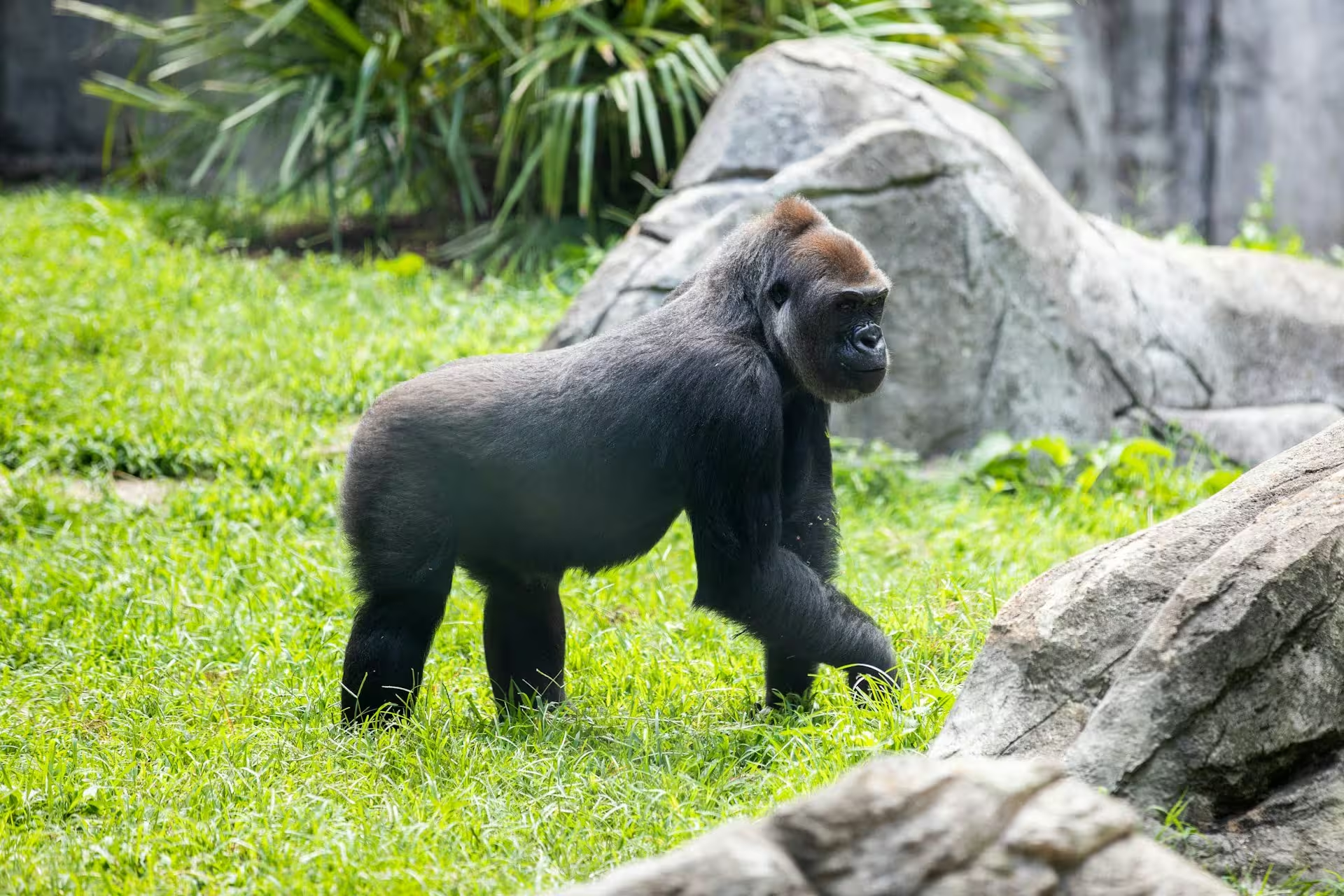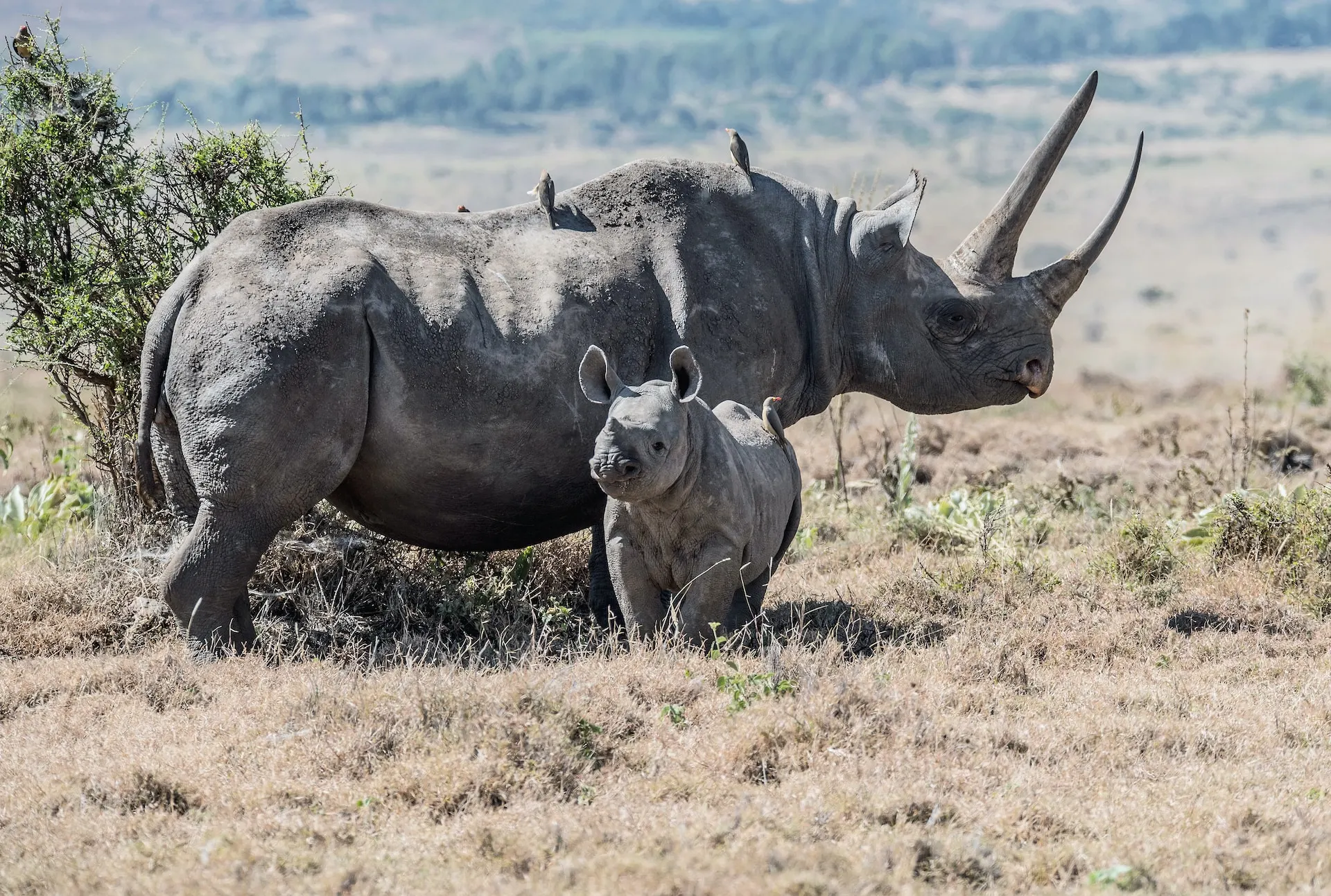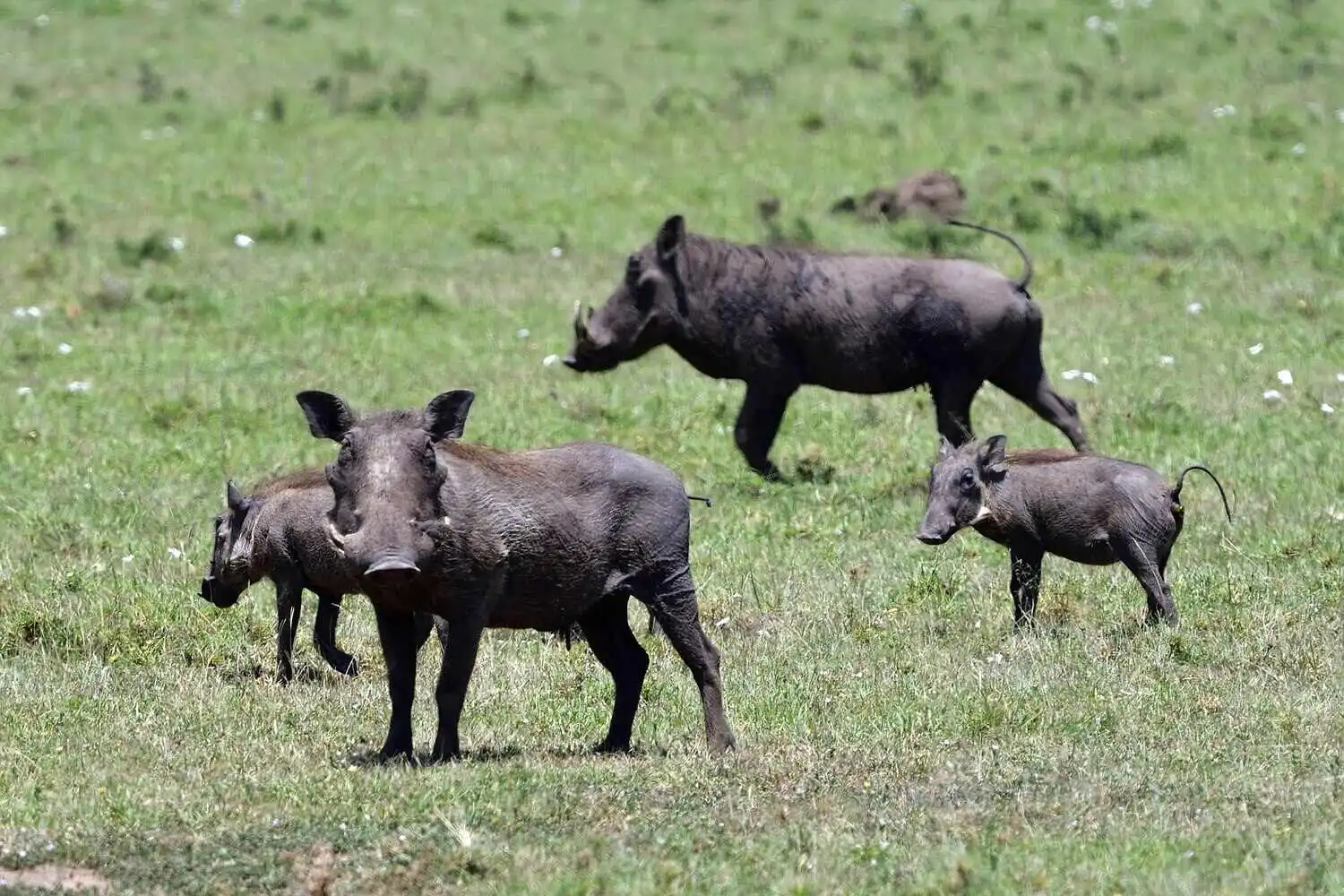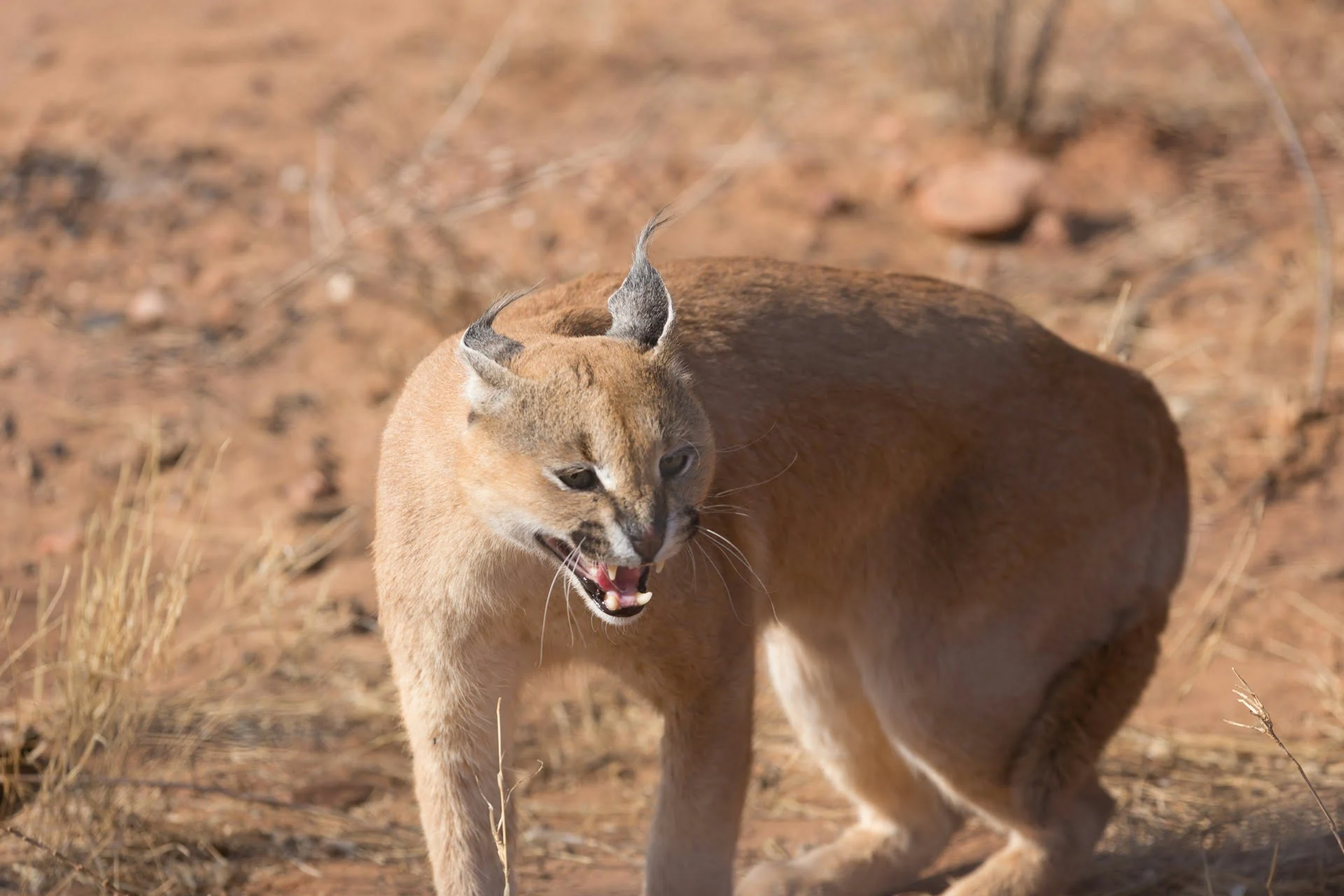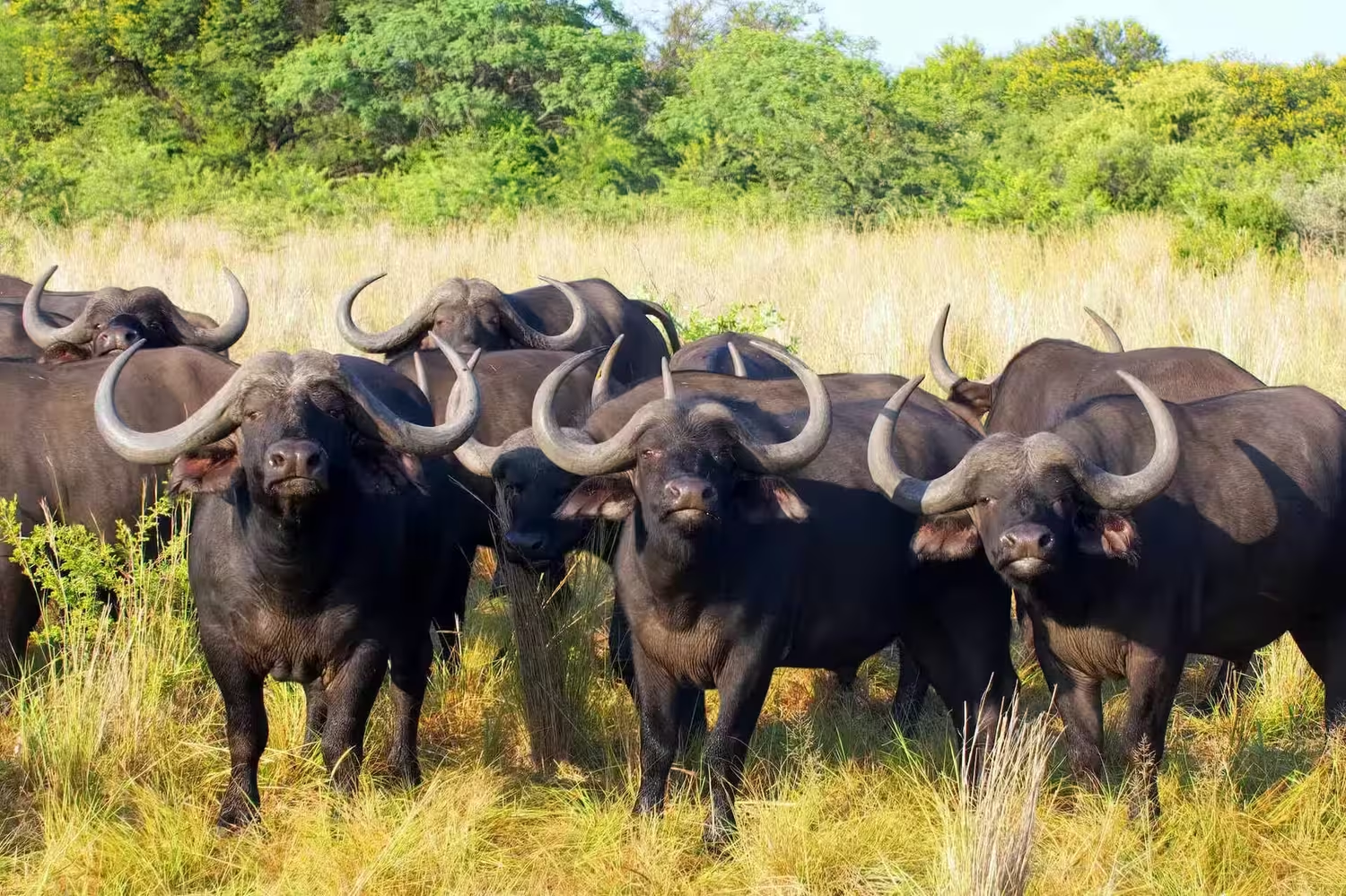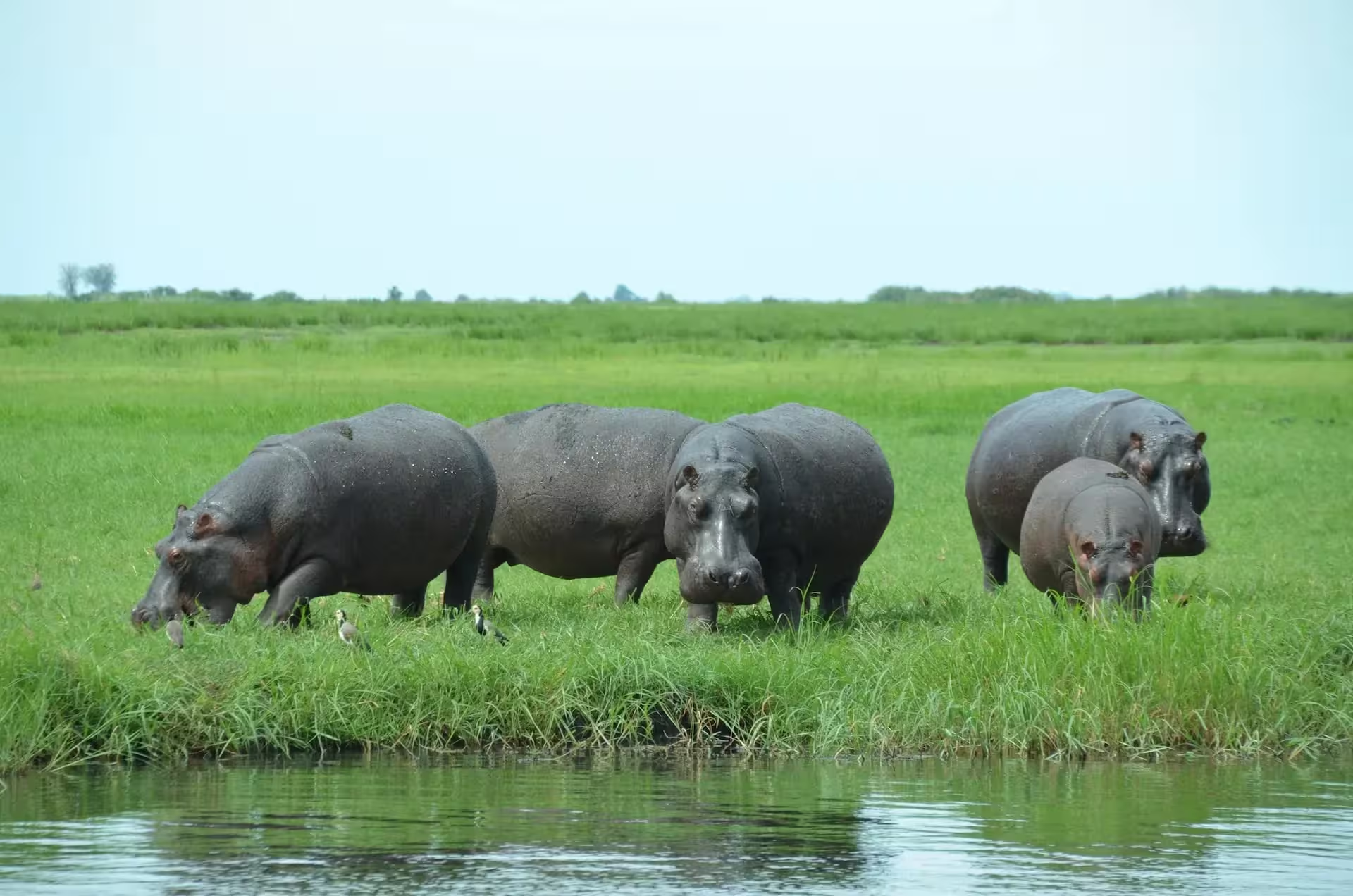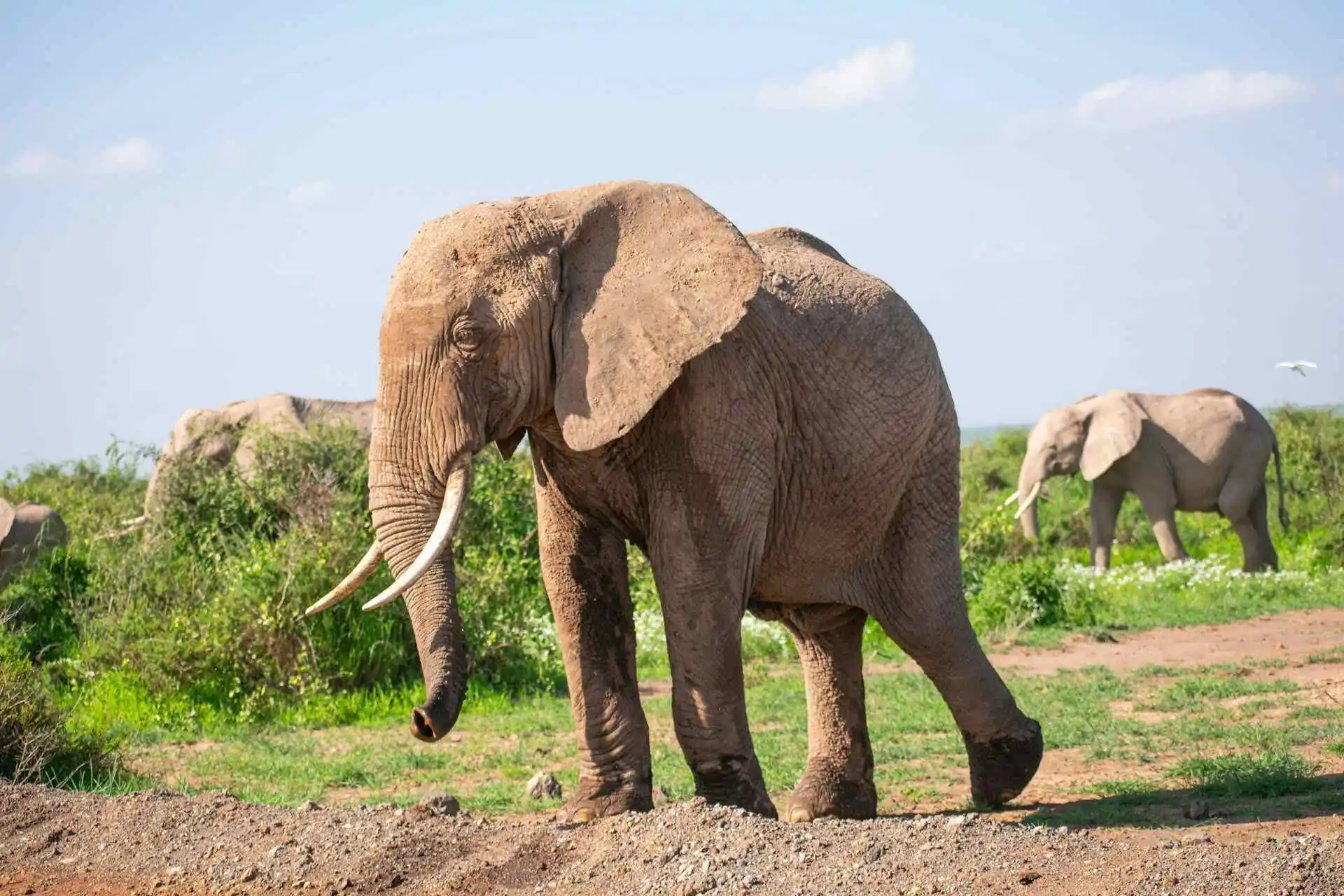First Impressions of the African Ostrich
Meet the African Ostrich, the largest bird on Earth. It cannot fly, but don’t let that fool you. This bird is built for speed, reaching up to 70 km/h when running faster than most cars in city traffic.
With long, powerful legs and a tall neck, the ostrich is a striking sight across Africa’s plains and deserts. You will often see them in open grasslands or semi-desert regions.
Males have bold black and white feathers, while females wear a more brownish-grey look. Both are fascinating to watch and play an important role in their ecosystems by spreading seeds and managing insect populations.
Appearance
The African Ostrich is hard to miss. It can stand tall at up to 9 feet and can weigh over 320 pounds. Their size alone makes them the largest bird alive.
Males are usually more colourful, with deep black feathers and bright white plumes on their wings and tail. Females and younger ostriches sport softer brown and grey tones that help them blend into their surroundings.
Their powerful legs are built for defence too; a single kick can seriously injure a predator like a lion.
The ostrich’s eyes are 5 cm wide, the largest of any land animal, giving them excellent vision to spot threats from far away.
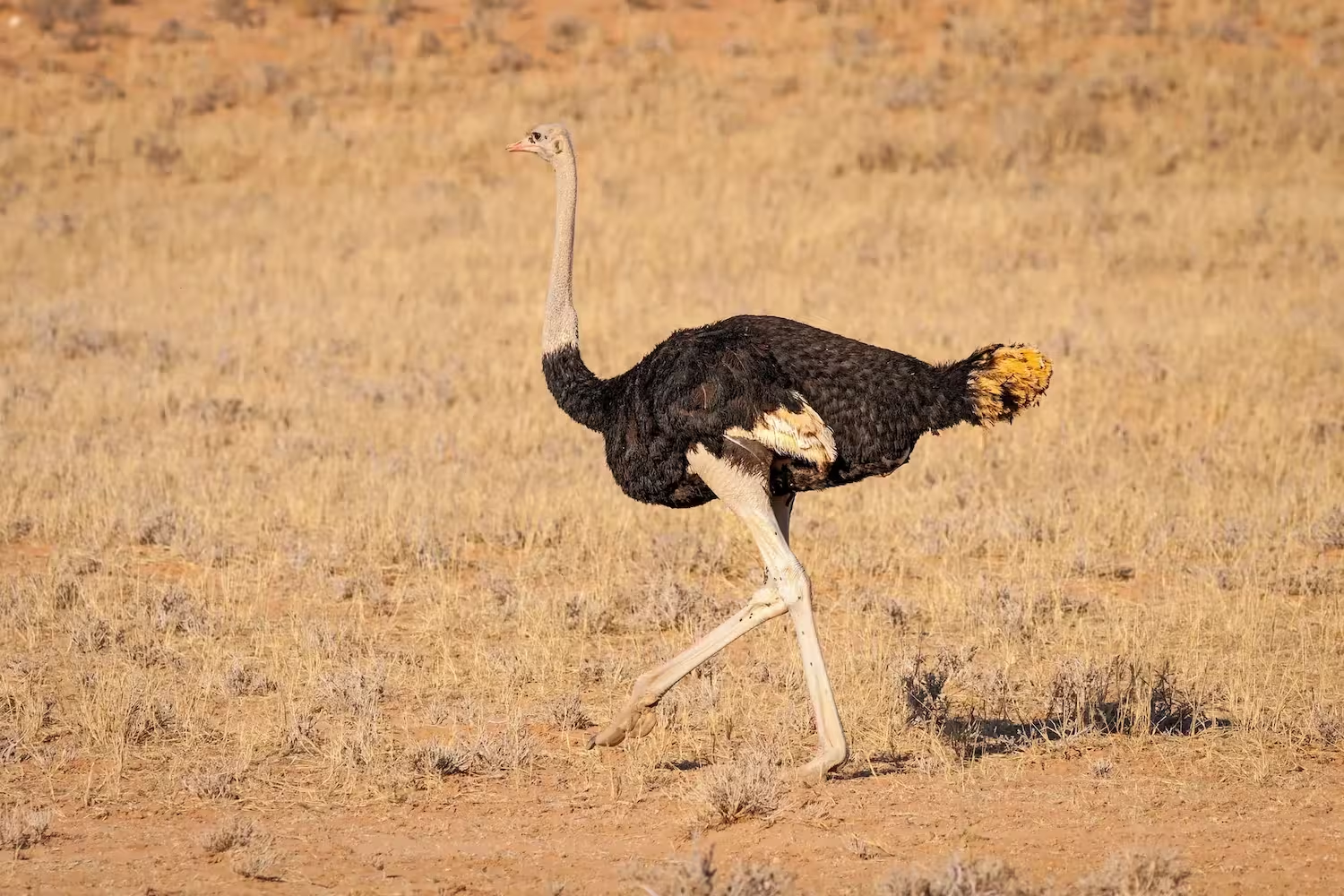
Quick Characteristics Table – Ostrich
| Characteristic | Details |
|---|---|
| Scientific Name | Struthio camelus |
| Size | 7–9 feet (2.1–2.7 meters) tall |
| Weight | 220–290 pounds (100–130 kg) |
| Habitat | African savannas and open woodlands |
| Diet | Omnivorous (plants, seeds, insects, small animals) |
| Lifespan | 30–40 years in the wild; up to 50 in captivity |
| Top Speed | Up to 70 km/h (43 mph) |
| Social Behavior | Lives in groups (5–50); dominant male leads |
| Conservation Status | Least Concern (IUCN) |
What Do African Ostriches Eat?
Ostriches are omnivores, which means they eat both plant and animal matter. Their diet includes:
- Seeds
- Grasses
- Leaves
- Fruits
- Flowers
- Small insects and invertebrates
They are excellent foragers that can travel long distances for food. Since they lack teeth, ostriches swallow small stones to grind food inside their gizzard which is a muscular part of their stomach.
Ostriches can survive without water for days. They get moisture from the plants they eat and can even tolerate hot, arid conditions.
Habitat and Distribution
You will find African Ostriches across sub-Saharan Africa, growing in places like:
- Masai Mara, Kenya
- Serengeti, Tanzania
- Namibia’s deserts
- Botswana’s open grasslands
These birds prefer savannas, arid deserts, and open plains where they have space to run and forage. They are incredibly adaptable and can live in harsh climates with minimal food and water.
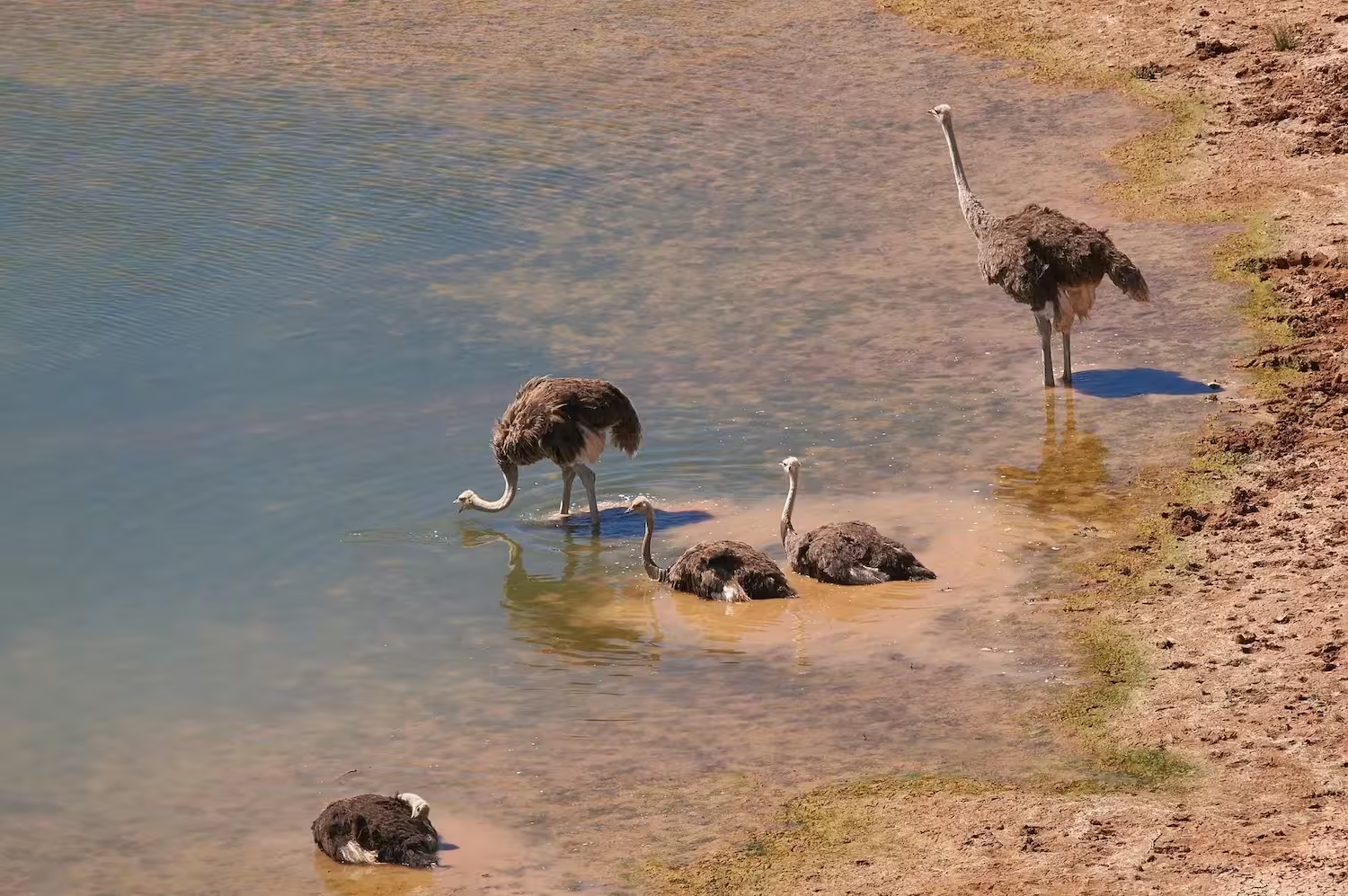
Fun Facts About the Ostrich
- Fastest bird on land: They reach up to 70 km/h, making them the quickest running bird and one of the fastest land animals.
- Huge eyes: Their eyes are larger than their brains and allow them to spot predators from miles away.
- Hands-on parenting: Both parents take turns incubating eggs. The male guards the nest at night, while the female watches during the day.
- They love company: Ostriches live in groups, sometimes with up to 100 members, though 5 to 50 is more common. They communicate with hisses, booms, and dances.
Ostriches can go without drinking water for several days, absorbing moisture from plants and their metabolic system.
Do Ostriches Roam?
African Ostriches are not migratory birds. They do not fly, and rarely travel long distances. Instead, they stay within their home range and move locally depending on:
- Availability of food
- Access to water
- Seasonal changes in vegetation
They roam open areas and shift location if resources become scarce. Their movement patterns help maintain balance in their ecosystem by promoting plant growth and seed dispersal.
Cultural Significance of the African Ostrich
Ostriches hold a special place in African traditions and folklore. Their feathers are often used in ceremonies and traditional dress, symbolizing:
- Beauty
- Strength
- Wealth
- Fertility
In many African cultures, ostrich eggs are considered sacred. They are used in artwork, rituals, and even as vessels. Some tribes believe ostrich eggs symbolize new life and protection, and they decorate them with carvings and natural dyes.
Take for example, the San people of southern Africa have long used hollow ostrich eggs as water containers during dry seasons.
The African Ostrich is more than just a giant bird that runs fast. It is a vital part of Africa’s wildlife, a symbol in many cultures, and a creature full of surprises. Next time you plan a safari or read about Africa’s wildlife, don’t just look for the lions. Keep an eye out for the tall, fast, and fascinating ostrich.
Types of African Ostrich
There are three types of ostrich common, arabian and red necked ostrich. Common ostrich have four subspecies Southern, northen, somali and masai ostrich. Form above northen and arabian ostrich are extinct types due to habitat loss.
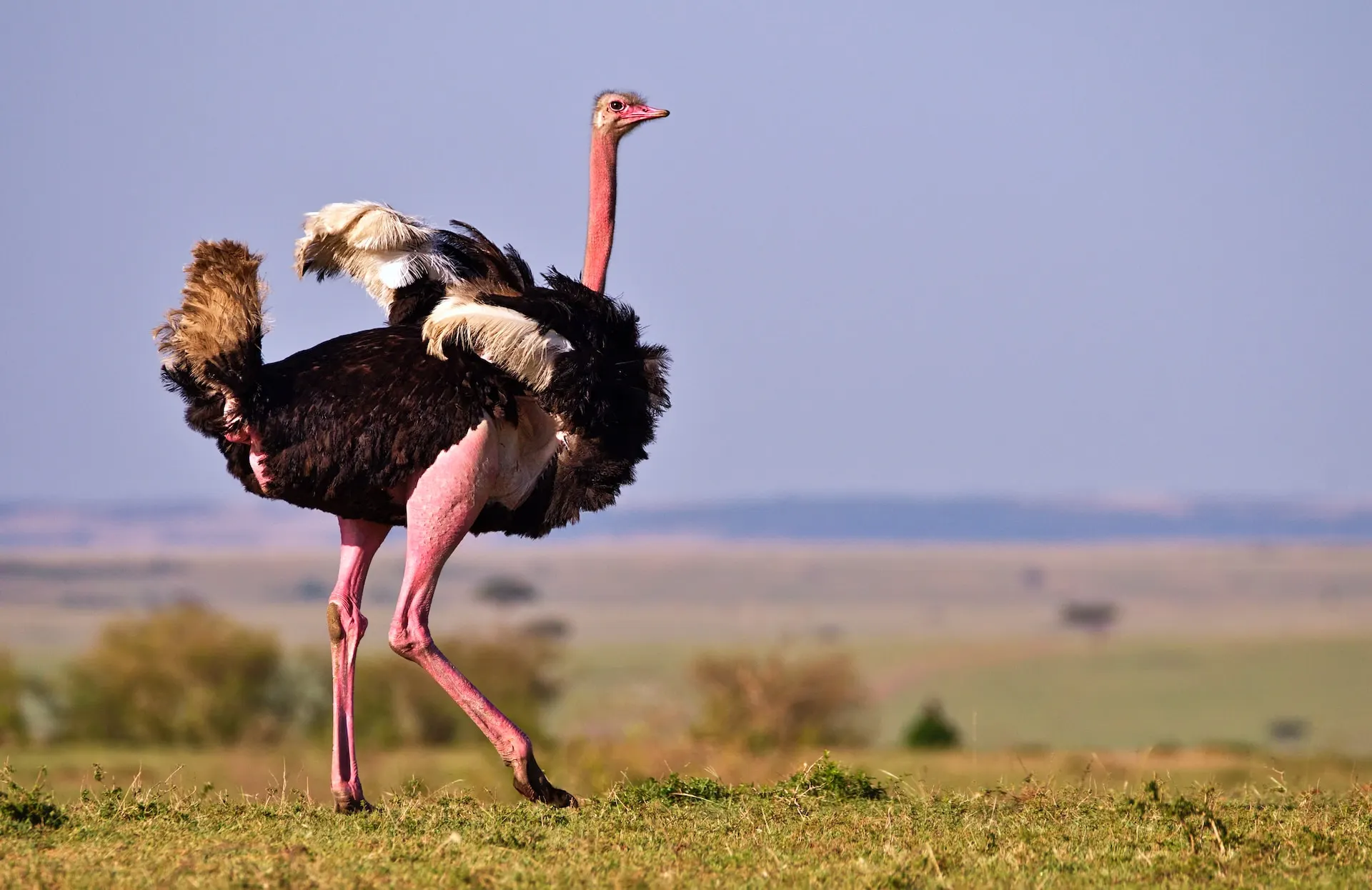
Red Necked Ostrich
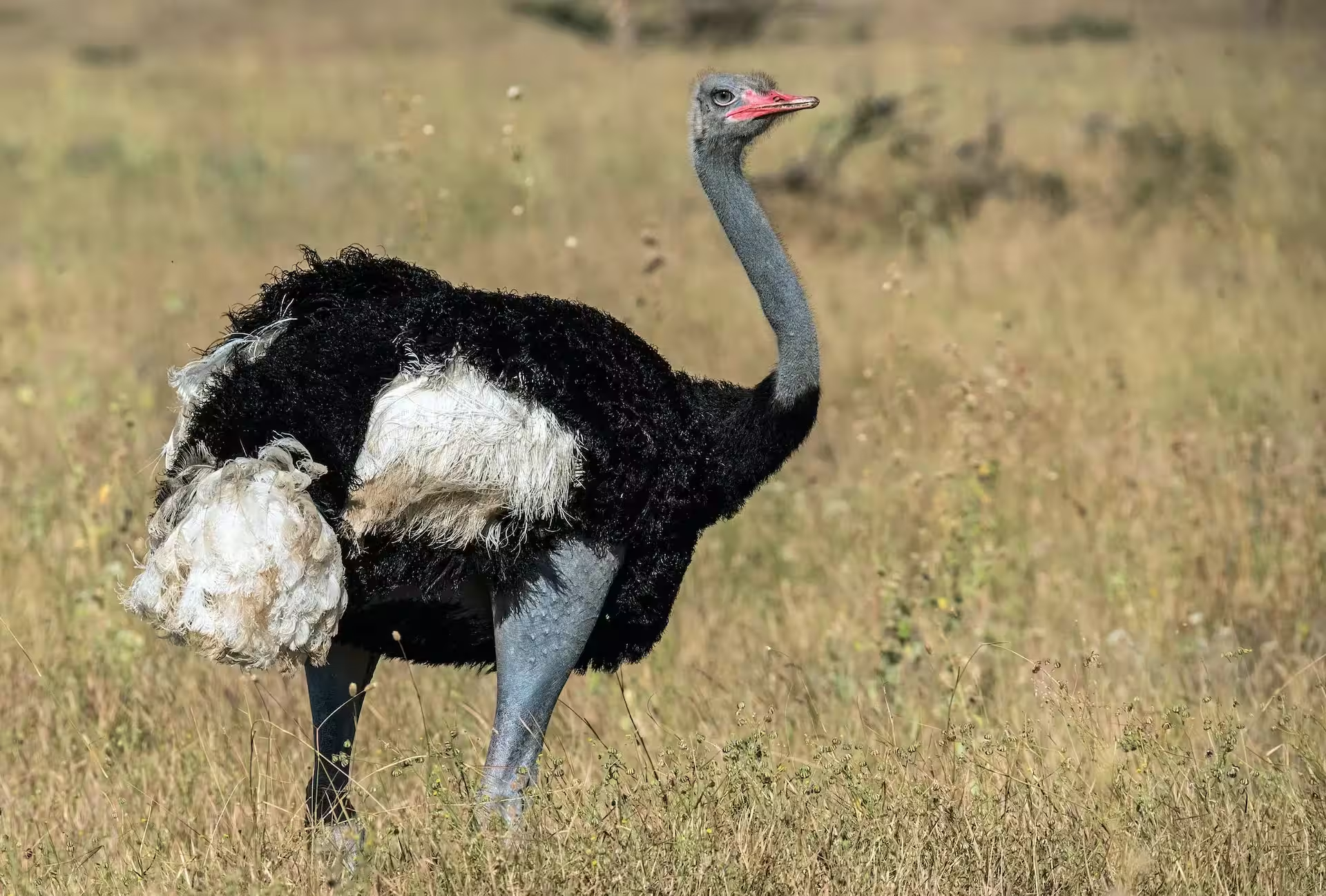
Somali Ostrich
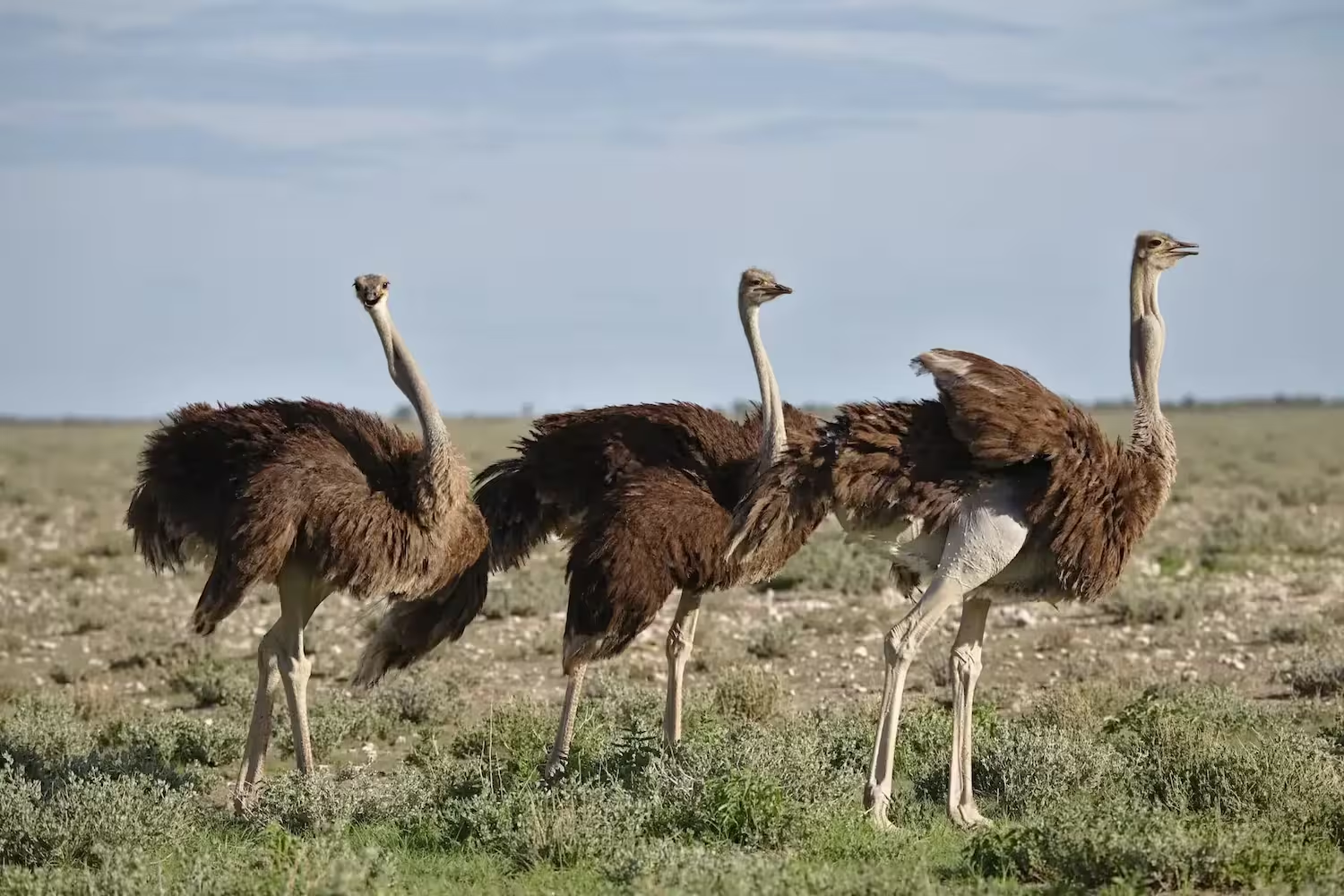
Southern Ostrich
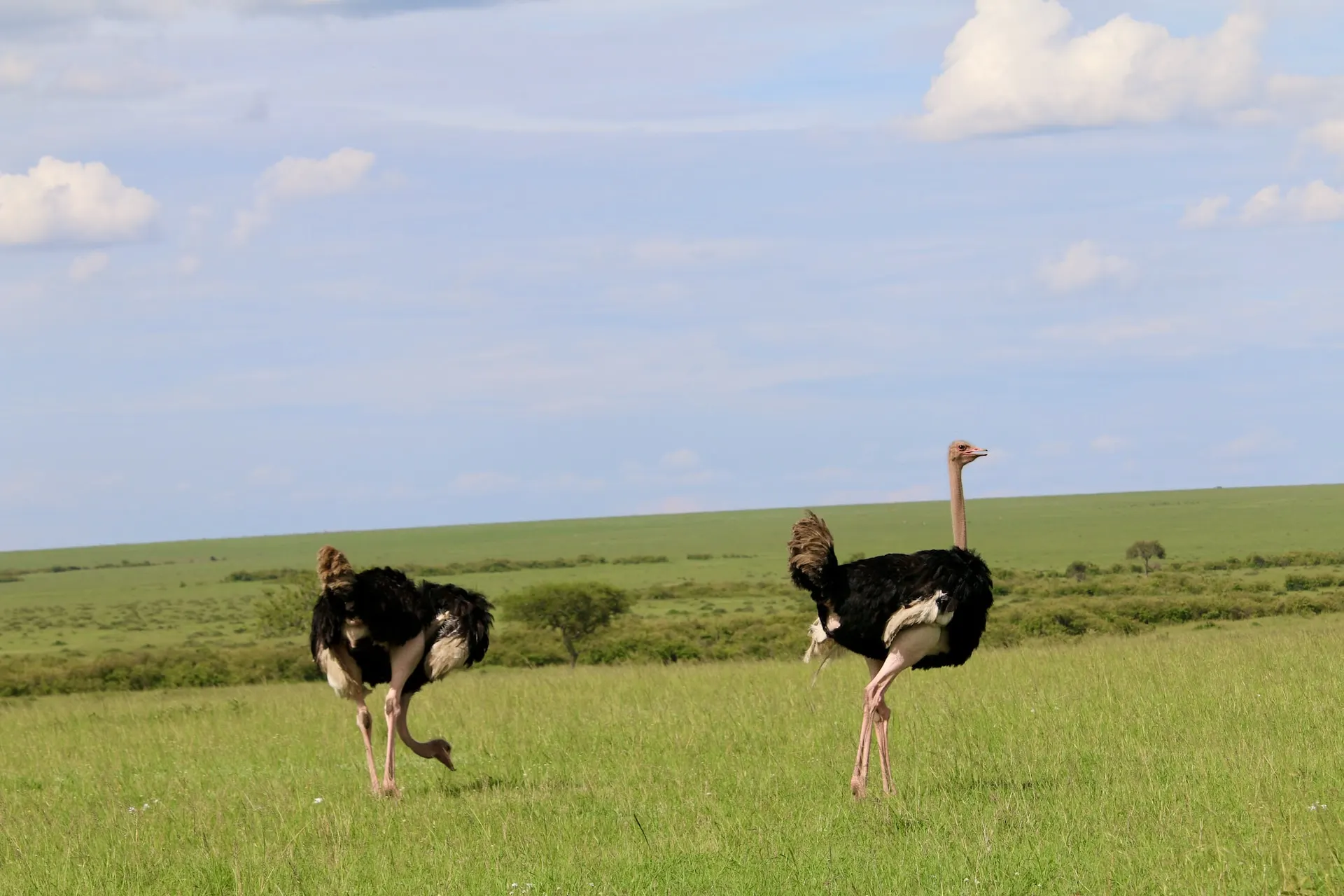
Masai Ostrich


